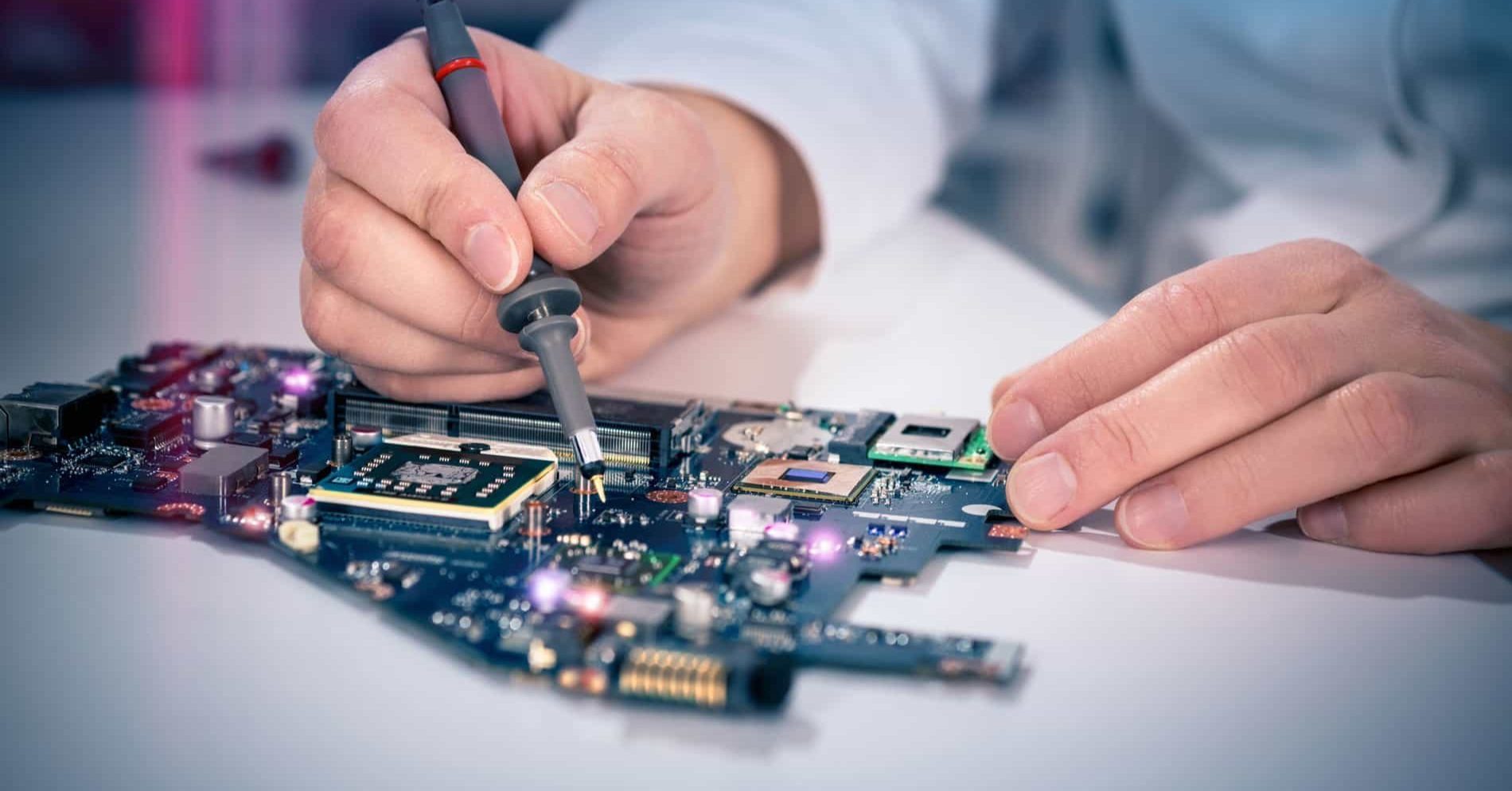Under the scheme of the Ministry of Electronics and Information Technology (MeitY), the Government of India has given an in-principle approval to set up a ₹417 crore Electronics Manufacturing Cluster (EMC 2.0) in Gautam Buddha Nagar, Uttar Pradesh. Located on a vast, opulent 200-acre piece of land that is overseen by the Yamuna Expressway Industrial Development Authority (YEIDA), the project is estimated to garner investments of around ₹2,500 crore and generate approximately 15,000 direct jobs.
The cluster enjoys strategic location along the corridors of Yamuna Expressway, Eastern Peripheral Expressway, and the upcoming Palwal-Khurja Expressway. The Noida International Airport, which is being developed in Jewar, and the essential logistics hub of a railway station are both conveniently located nearby. Adjacent to this will be complementary zones like the Medical Device Park, MSME & Apparel Park, and planned Aviation Hub which will enhance things up in the regional industrial ecosystem.
Targeted Areas in the EMC 2.0:
| Sectors | Examples |
| Consumer Electronics | TVs, Audio Systems, Smart Appliances |
| Automotive Electronics | Sensors, EV Controllers, Infotainment |
| Medical Devices | Diagnostics Devices, Monitors, Wearable Tech |
| Communication Equipment | Routers, Base Stations, 5G Infrastructure |
| Computer Hardware | Laptops, Servers, Data Storage Devices |
The clusters are essentially ready-to-use factory sheds, supported by substantial power supply, water supply, sewage treatment, on-site accommodations, a healthcare system, and skill development centres.
Increasing Employment and Innovation:
Union Minister Ashwini Vaishnaw mentioned that components like this, conceived to generate 15,000 jobs and also enhance innovation and manufacturing excellence. It is furthered by this project to reduce the country’s import dependence by fostering high-growth sub-sectors such as semiconductors, IoT devices.
Government’s Vision:
Union Minister Ashwini Vaishnaw commented that this project is in alignment with PM Modi’s vision of Atmanirbhar Bharat and is a catalyst toward making India into a global electronics hub.
Besides, the upliftment of Uttar Pradesh in the electronics manufacturing sector is an emerging proposition on account of some of the really well-conceived policy initiatives, such as the UP Semiconductor Policy 2024, that encourage strategic location near burgeoning logistics and transport corridors.
Road Ahead:
With nearly ₹30,000 crore invested under the National EMC Scheme so far, more than 520 companies, and 86,000-plus jobs, the Noida EMC is yet another important tier towards India becoming a global electronic manufacturing hub.
While infrastructure and bureaucratic efficiency remain focal areas, UP’s consistent policy support, along with multimodal connectivity and cluster synergy, strongly position it to capture a significant share of India’s electronics future.
India’s digital production ecosystem has observed rapid growth over recent years. Over 55% of India’s smartphone production occurs in Uttar Pradesh, showcasing the state’s dominance in the sector. More than 86,000 jobs have been created, and more than 520 companies have come into existence across the country under the EMC initiatives. It further got a boost with the approval of the Foxconn-HCL Joint Venture near Jewar wherein an amount of ₹3,706 crore is being invested, and by 2027, this joint venture is expected to chip out 36 million semiconductor chips per month
Conclusion:
The ₹417 crore EMC in Noida is not just an infrastructure project but the cornerstone for creating a sustainable, job-rich, and globally competitive electronics ecosystem. With strong support from the state and union governments, this cluster will turn UP into a national leader in the electronics value chain.






